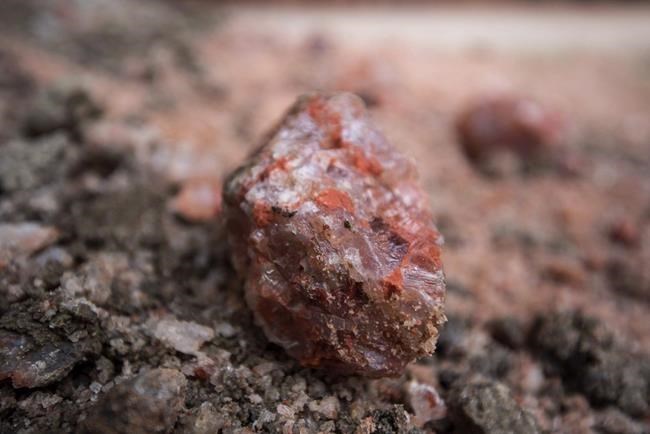SASKATOON — BHP Group has given the go-ahead to spend $7.5 billion on its Jansen potash mine in what Saskatchewan says is the largest investment in the province's history.
The Australian mining giant made the announcement Tuesday as part of a major restructuring that will see it spin off its oil and gas business and increase its focus on commodities where it sees growth in a world that's decarbonizing and electrifying.
"This is an important milestone for BHP and an investment in a new commodity that we believe will create value for shareholders for generations," BHP CEO Mike Henry said in a statement.
"In sanctioning the Jansen Stage 1 project in Canada, we gain access not only to the healthy returns of this project on a stand-alone basis, but to a new front for growth in a future facing commodity in the world’s best potash basin and an attractive investment jurisdiction."
Saskatchewan Premier Scott Moe said the investment will create thousands of jobs and generate billions of dollars in royalties over what could be a 100 year mine life.
"As the largest economic investment in our province's history, BHP's decision highlights the strength of our potash resource and will undoubtedly help build a strong economy for Saskatchewan," he said in a statement.
The project will create as many as 3,500 construction jobs and 600 jobs for the long-term operation, said BHP, which also committed to creating a gender balanced workforce and having about 20 per cent of hires be Indigenous.
The decision to go ahead with the project comes after nearly 15 years of development that has seen the company already spend US$4.5 billion sinking two mine shafts and other work. As part of the announcement, the company said it was taking a US$1.3 billion writedown on what it had spent so far.
The announcement comes as potash prices have seen weakness in recent years as new mine projects come online globally. In Saskatchewan those include K+S Potash Canada's $4.1-billion Bethune mine and Mosaic's $3 billion Esterhazy K3 Project.
BHP's Jansen mine, however, won't come into operation until 2027, plus two more years of ramp-up, at which point the company expects supplies to be more constrained.
"Longer term, potash stands to benefit from the intersection of a number of global mega-trends: rising population, changing diets and the need for the sustainable intensification of agriculture," the company said.
Potash, used as a fertilizer, will be increasingly needed as farmers chase higher yields and offset depleting soil fertility, the company said.
Scotiabank analyst Ben Isaacson said that while there are challenges in the potash market, including more supply in less disciplined hands, overall demand is growing by about two million tonnes a year.
"By the time Jansen commissions, we believe the tonnes will almost certainly be needed," he said in a note.
He said that the extra competition isn't great news for existing producers, but that the decision was expected.
"While a well-capitalized new entrant into a consolidated industry is never great news for the market outlook, all data points leading up to today have been suggesting approval."
The project, located about 140 kilometres east of Saskatoon, is expected to produce about 4.35 million tonnes of potash per year with the potential for further expansions
It includes construction of an underground mine and surface infrastructure including a processing facility, a product storage building and a rail loading system. BHP also said it has signed a deal with Westshore Terminals in Delta, B.C., to handle the potash that will be shipped to export markets.
The Jansen news comes only weeks after BHP said it had made a $325 million bid for Noront Resources Ltd. to gain control of its Eagle’s Nest nickel project in Ontario's Ring of Fire, as it expects increased demand for the metal for electrification.
"We are proactively positioning for the future with a portfolio and capabilities that will enable us to grow long-term value. We will sustainably supply the commodities needed by the world," said Henry.
This report by The Canadian Press was first published Aug. 17, 2021.
Companies in this story: (TSX:WTE)
The Canadian Press



